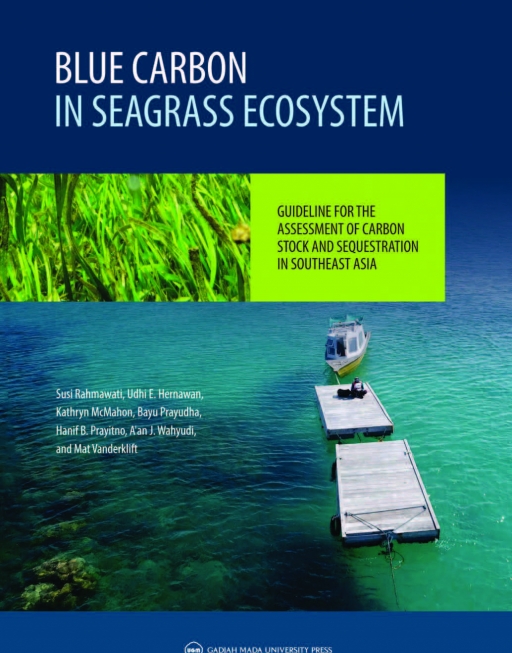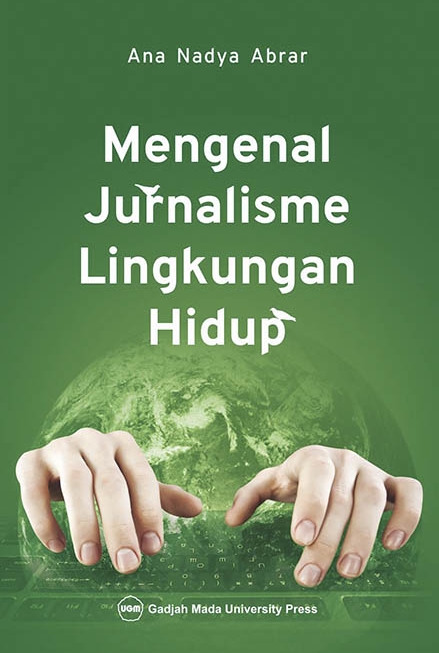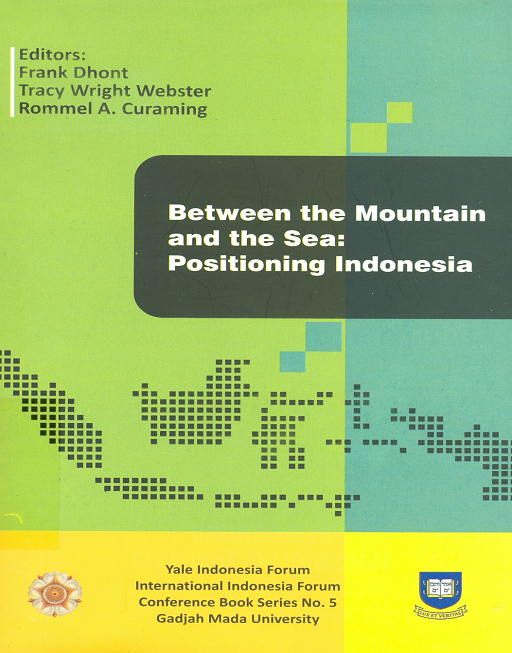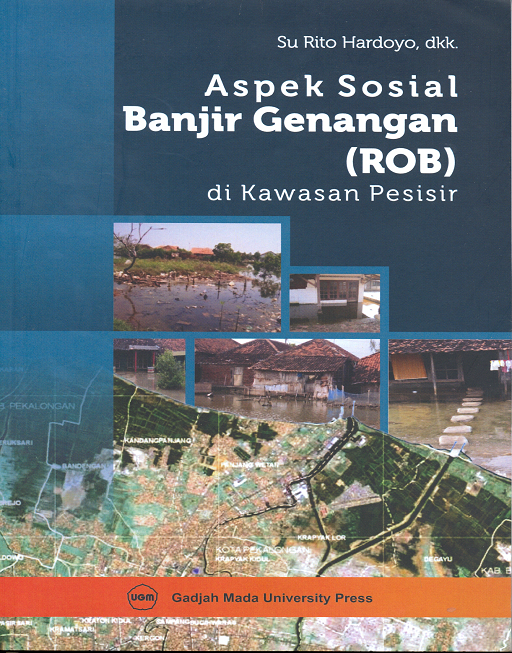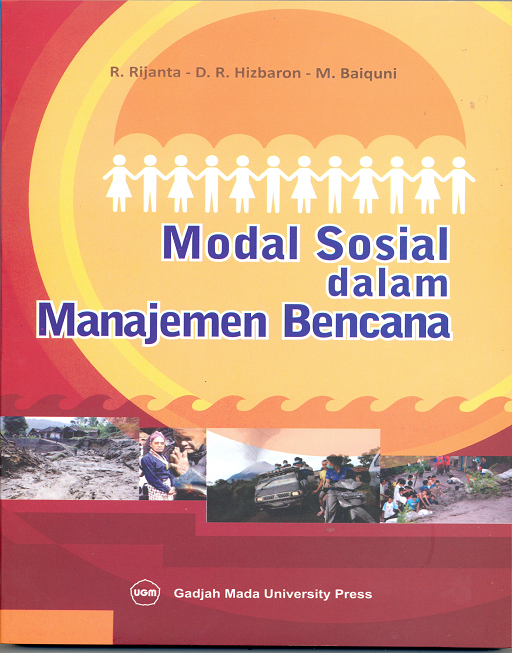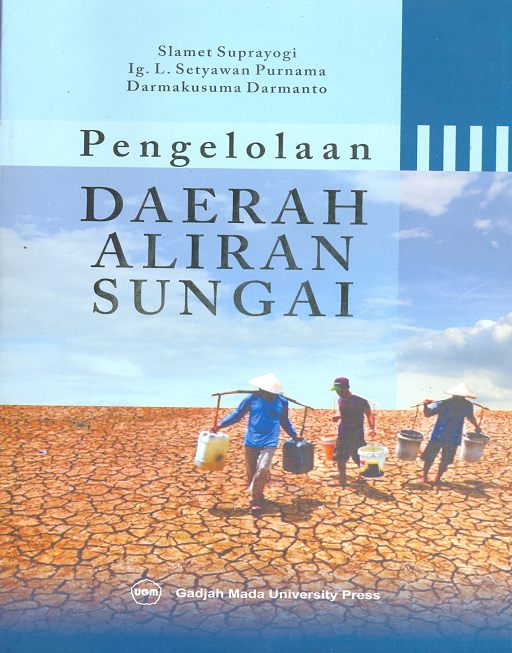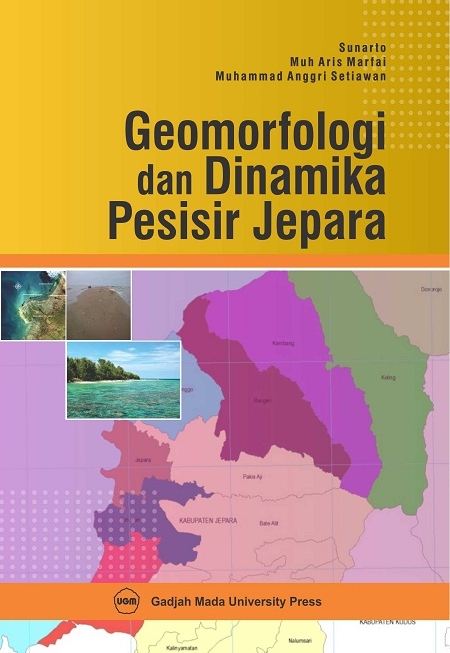Detail Produk
Blue Carbon In Seagrass Ecosystem
Lingkungan
Share this :
Penulis: Susi Rahmawati , Udhi E. Hernawan , Bayu Prayudha , Hanif B. Prayitno , A'an J. Wahyudi , Mat Vanderklift
ISBN: 978-602-386-808-7
Dilihat: 5730 kali
Stock: 0
Ditambahkan: 31 October 2019
ASEAN countries share similar concerns and equal responsibility to preserve the seagrass ecosystem as a natural-based approach on mitigating global climate change. However, seagrass ecosystem in each of the ASEAN country has its own unique characteristics, posing challenges on the contribution assessment of each country. Thus, a general platform to collect data and calculate carbon sequestration from the seagrass ecosystem needs to be developed, to equally compare data and information among the ASEAN countries. Accordingly, this guideline was developed as a mean to fulfil the need.
Rp180.000,00
Maaf buku ini sedang tidak tersedia
Climate change poses a severe threat to the global ecosystem which will impact all nations around the world including ASEAN member countries. Urgent and integrated effort is critical to reduce the amount of carbon dioxide which traps heat in the atmosphere and causes climate change.
Plants have the capacity to absorb and store a large amount of carbon. Recent researches suggest that seagrass ecosystem is one of the most promising carbon sequester and carbon sink. Seagrass absorbs carbon dioxide and converts it into potential energy which is stored in the form of organic carbon. The seagrass’ organic carbon and organic matter from other sources is trapped in the seagrass sediments. Due to this capacity, seagrass is recognized as a natural carbon dioxide removal (NCDR). Compared to tropical rainforests, seagrass meadows have more potential to capture and store a large amount of carbon (i.e. blue carbon).
ASEAN countries share similar concerns and equal responsibility to preserve the seagrass ecosystem as a natural-based approach on mitigating global climate change. However, seagrass ecosystem in each of the ASEAN country has its own unique characteristics, posing challenges on the contribution assessment of each country. Thus, a general platform to collect data and calculate carbon sequestration from the seagrass ecosystem needs to be developed, to equally compare data and information among the ASEAN countries. Accordingly, this guideline was developed as a mean to fulfil the need.
- Bahasa Teks Buku Inggris
- Cetakan First Print, October 2019
- Tebal 126 hlm
- Ukuran 17,6 cm x 25 cm
- Kode Buku B097
- Categories Lingkungan, Sains & Teknologi
BUKU TERKAIT
© 2015 - 2025 UGM PRESS. All Rights Reserved.
